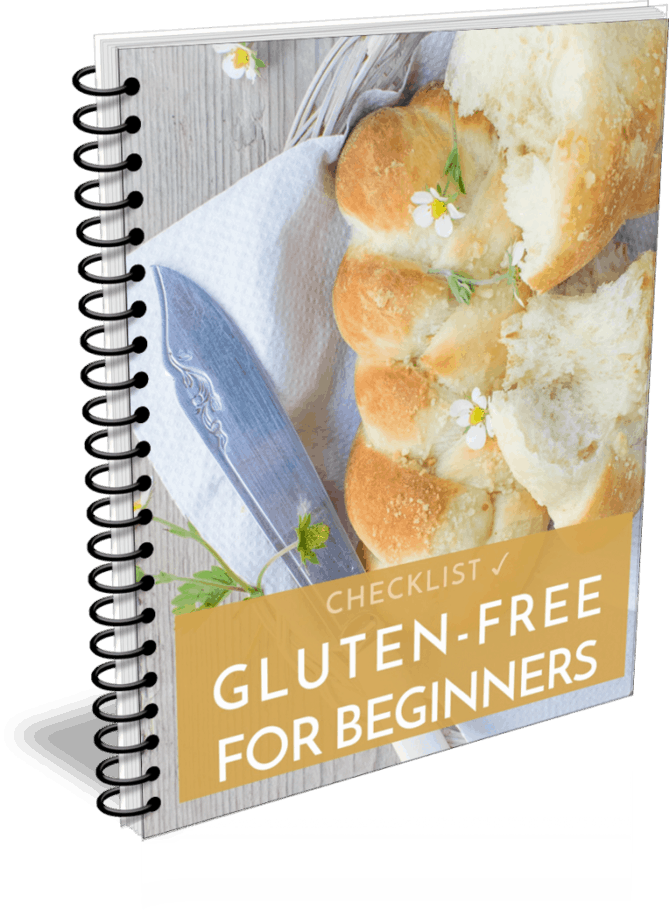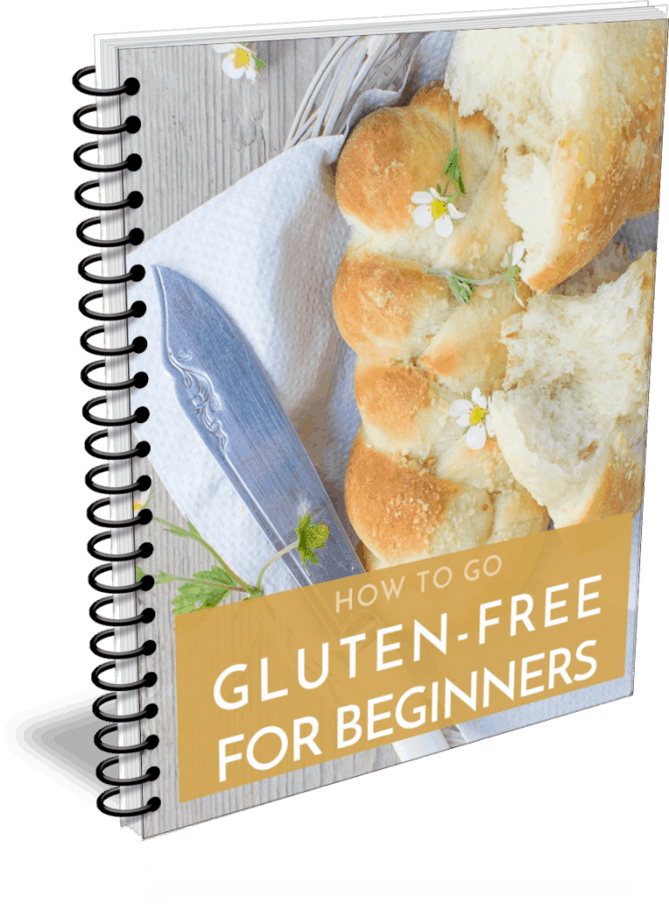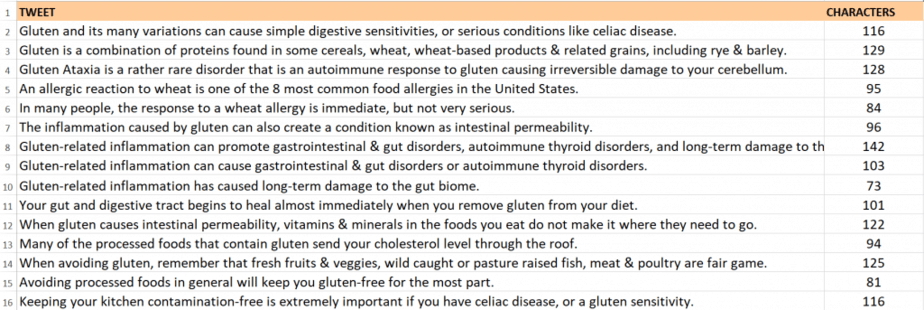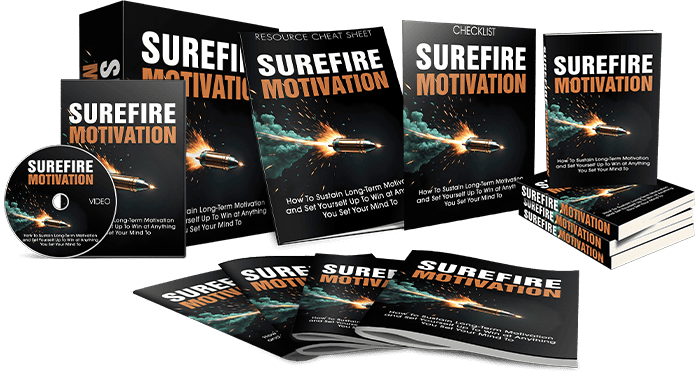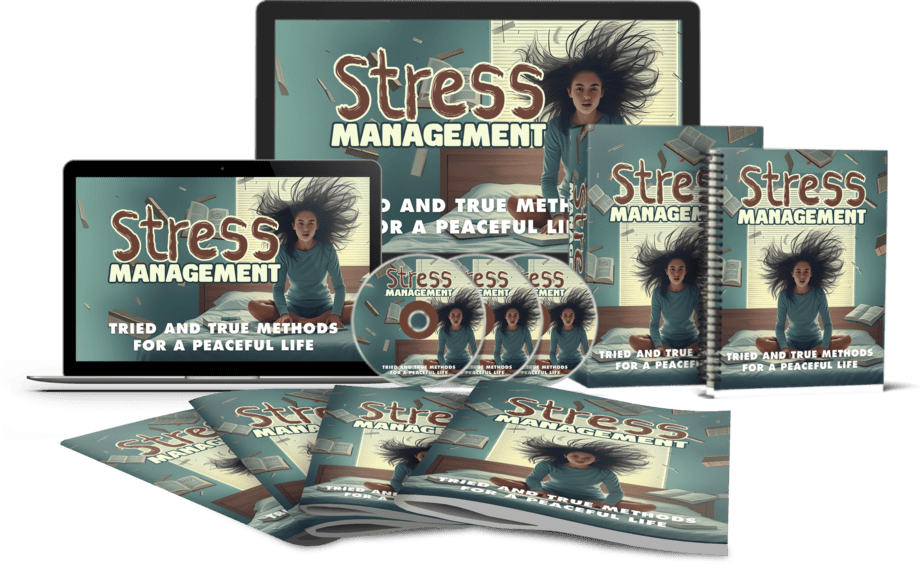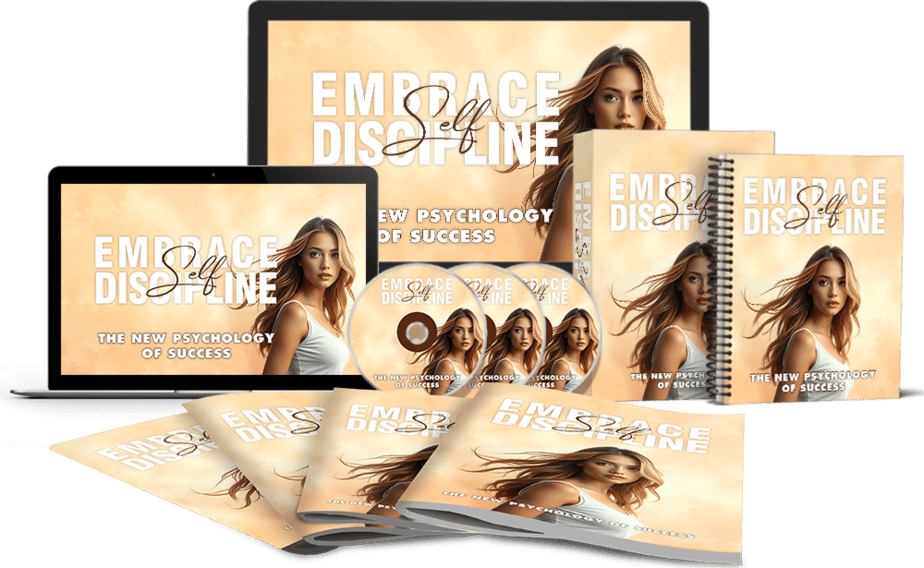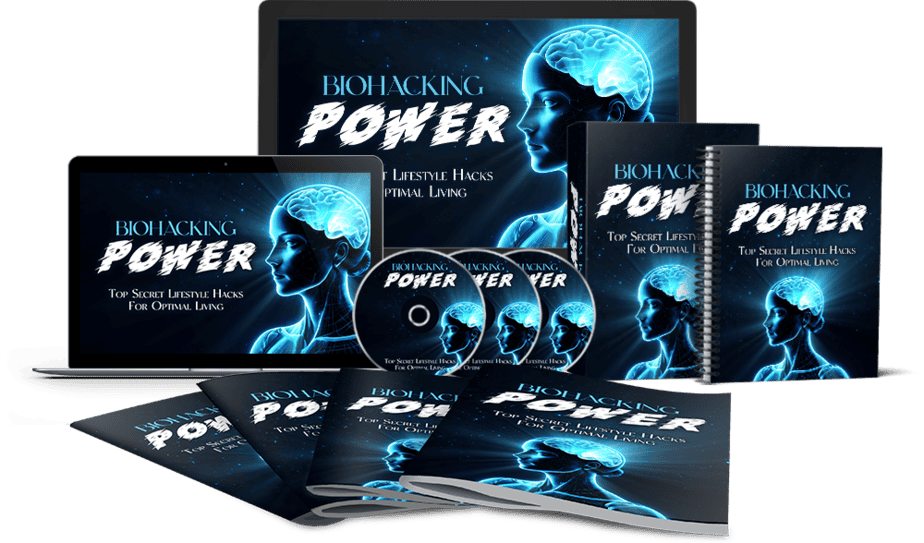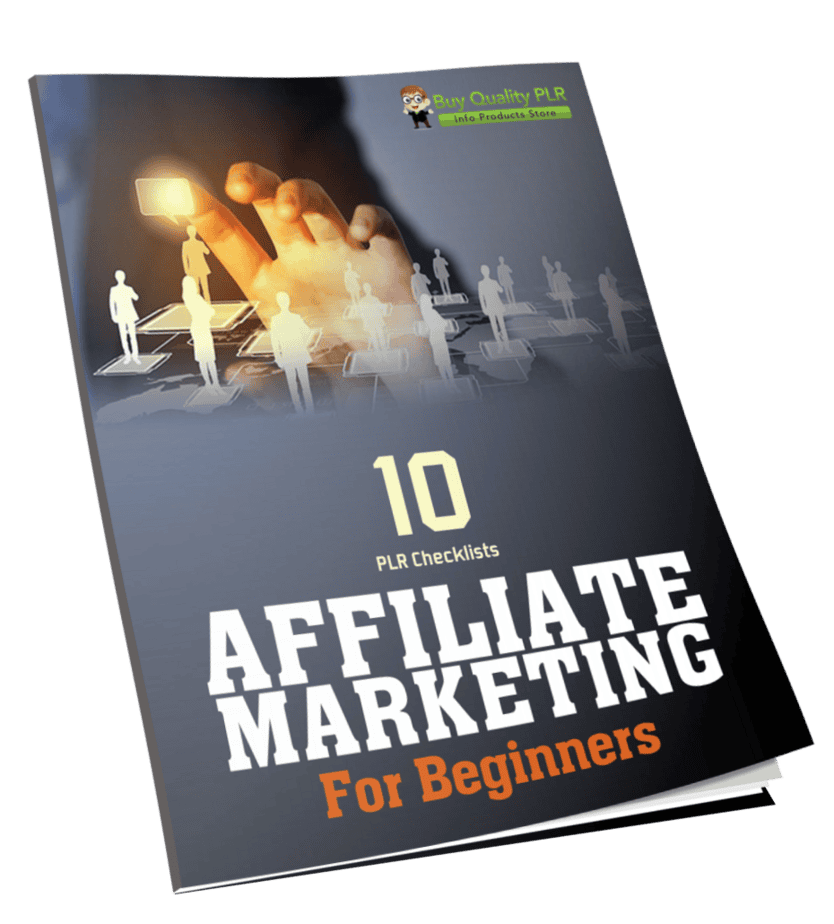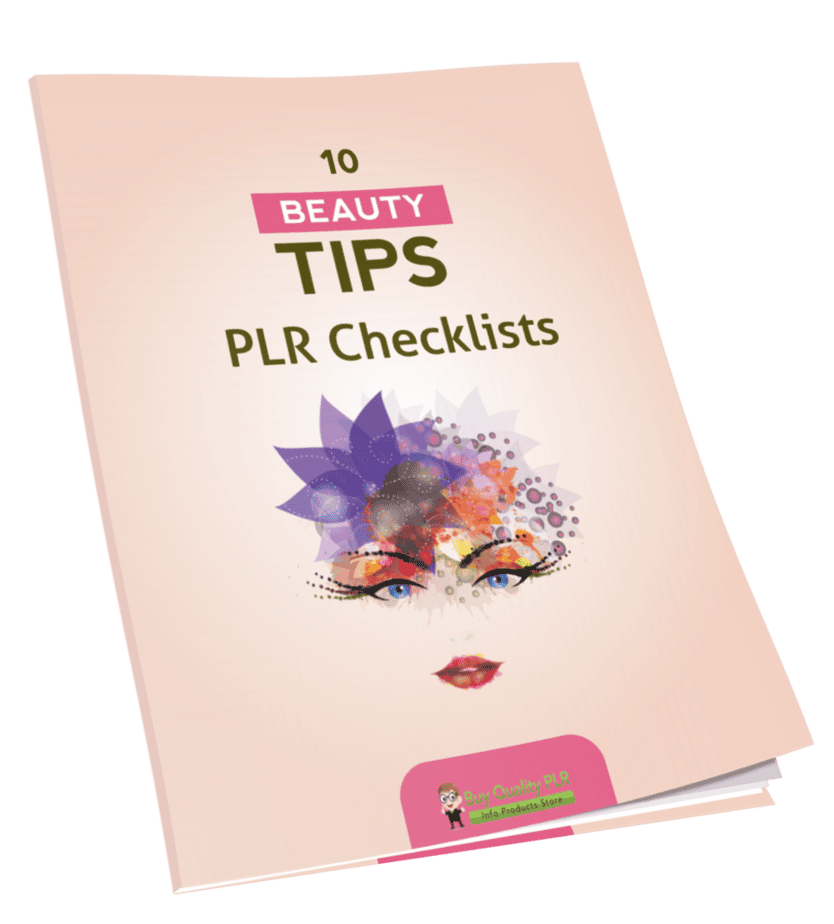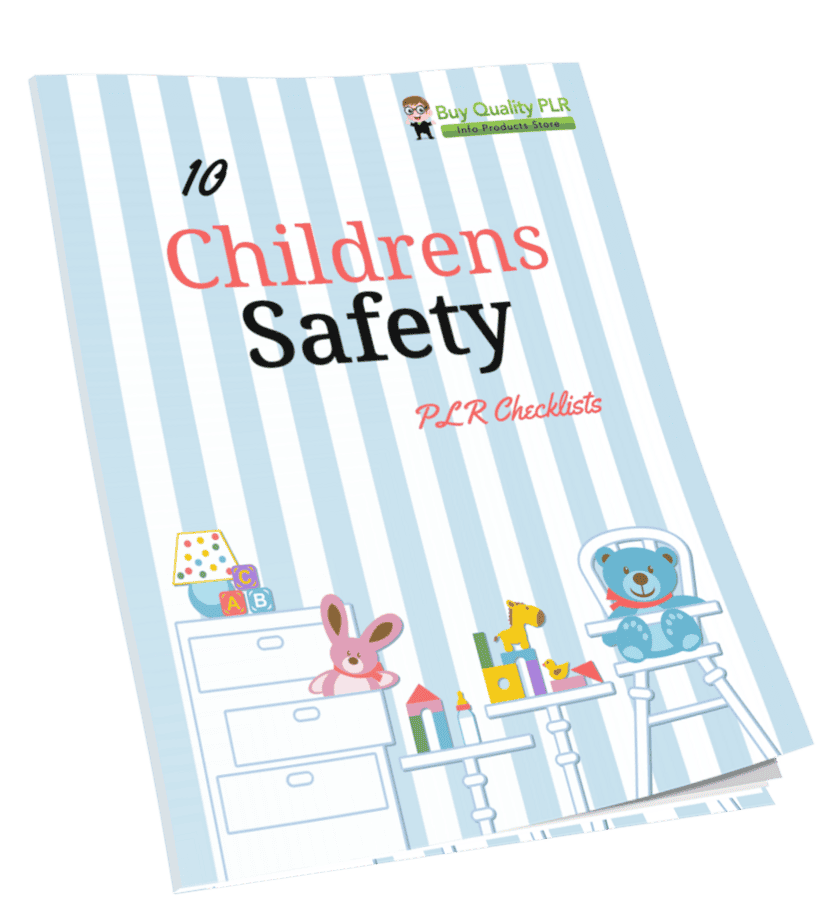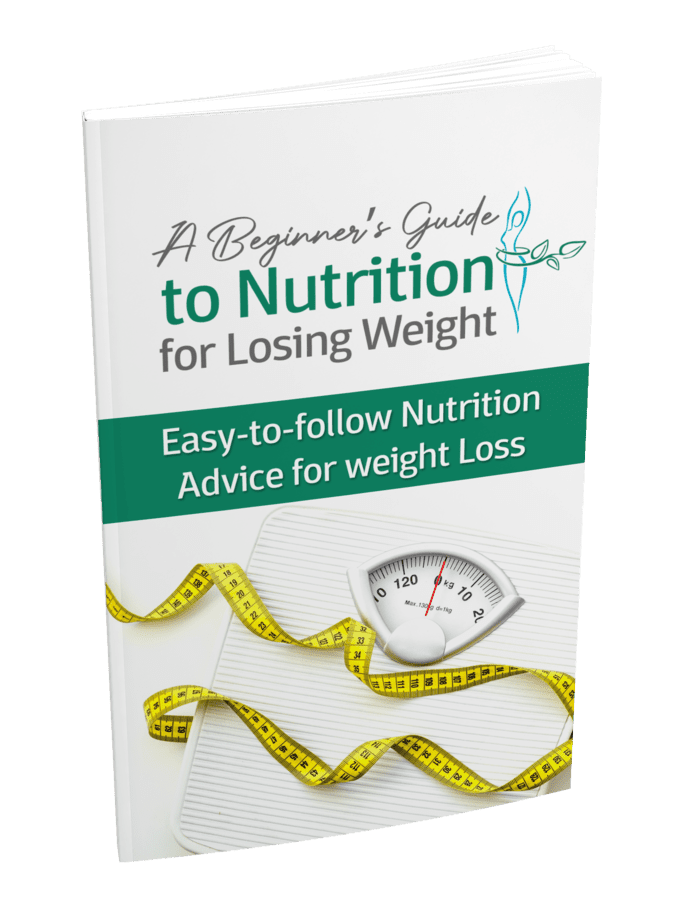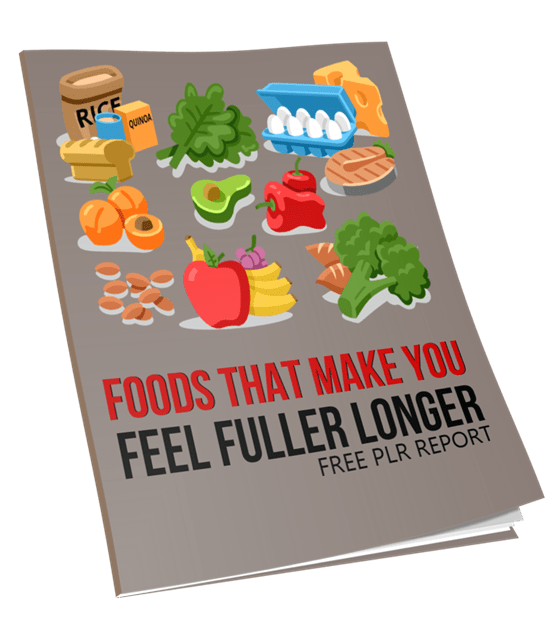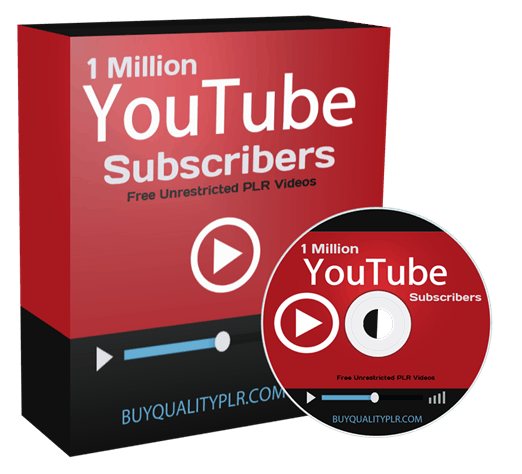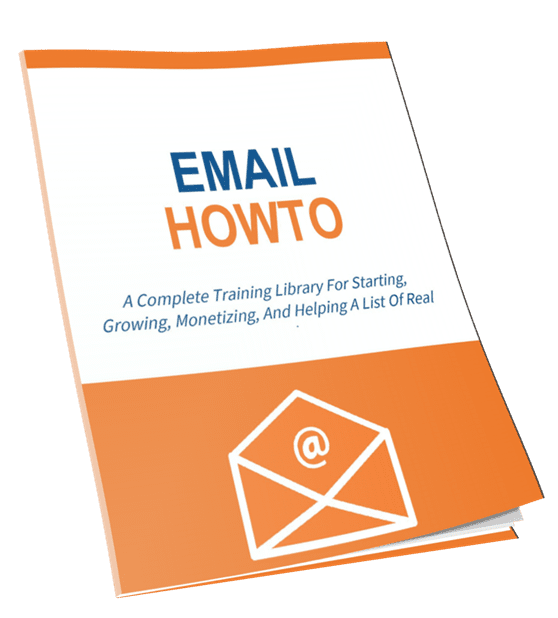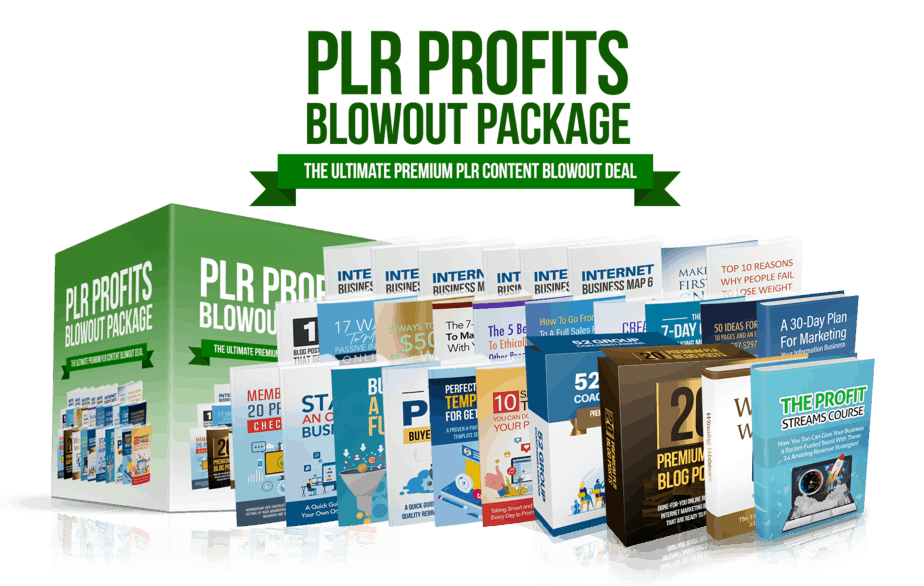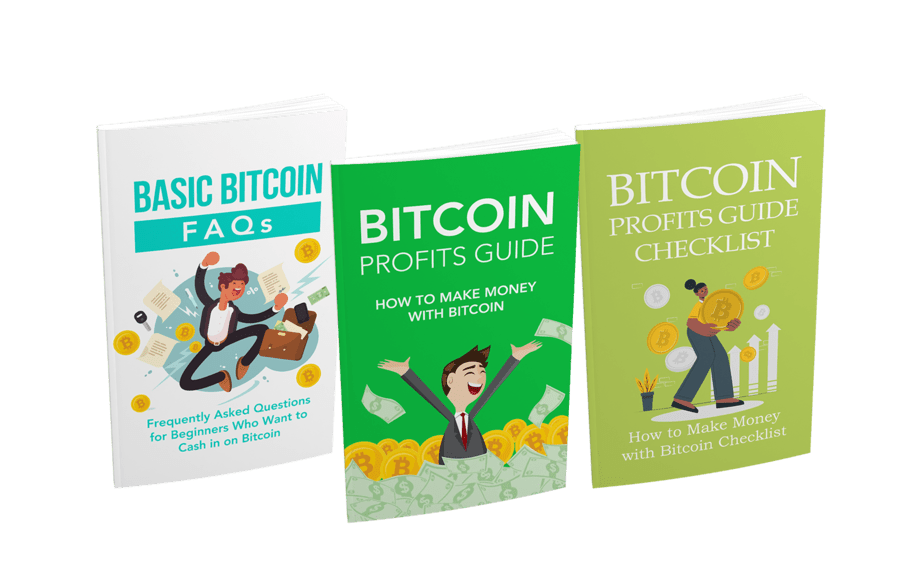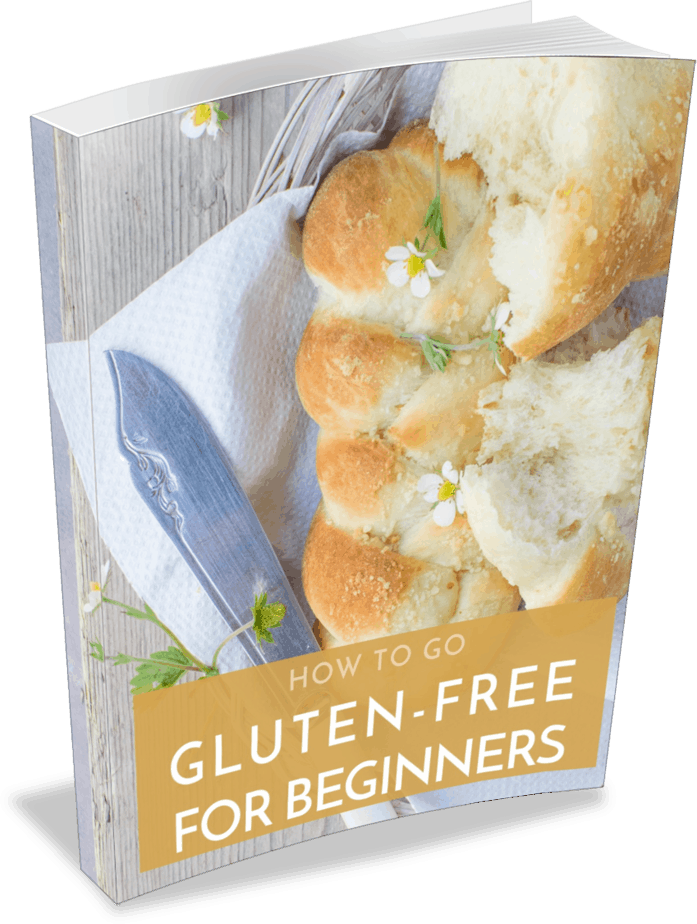
Gluten Free Premium PLR Package 25k Words
in Cholesterol PLR , Cholesterol PLR Articles , Clean Eating PLR , Cooking PLR Ebooks , Detox PLR , Detox PLR Articles , Diabetes PLR Ebooks , Diet PLR , Diet PLR Articles , Dieting PLR Ebooks , Digestion PLR Articles , Digestive Health PLR , Exclusive PLR , Featured PLR Products From Our Store , Food and Cooking PLR Articles , Food and Recipes PLR Articles , Food PLR , Food PLR Articles , Food PLR Ebooks , Gluten Free Diet PLR Articles , Gluten Free PLR , Gluten Free PLR eBooks , Health Coaching PLR , Health PLR , Health PLR Articles , Health PLR eBooks , Healthy Eating PLR Articles , Healthy Eating PLR Ebooks , Heart Health PLR , Heart Health PLR Articles , Keto Diet PLR , Lifestyle PLR , Meal Planning PLR , Natural Health PLR , Natural Health PLR eBooks , Natural Remedies PLR , Niche Mega Packs , Nutrition PLR , Paleo Diet PLR eBooks , PLR Article Packs , PLR Articles , PLR eBooks , PLR eCourses , PLR Lead Magnets , PLR List Building Reports , PLR List Building Reports , PLR Newsletters , Pre Written Autoresponder Messages , Premium PLR , Premium PLR Articles , Premium PLR eBooks , Premium PLR Packages , Premium PLR Reports , Private Label Rights Products , Self Care PLR , Senior Health PLR , Top Sellers , Vegetarian PLR Ebooks , Weight Loss PLR , Weight Loss PLR Ebooks , Wellness PLR , Wellness PLR Articles , Wellness PLR eBooksChoose Your Desired Option(s)
has been added to your cart!
have been added to your cart!
#glutenfreediet #glutenfreebenefits #digestivehealth #cholesterollevel #foodstoavoid #glutenataxia #glutenfreeplr #gluten #celiacdisease #glutenproblems #glutenfreediet #weightloss #wheatallergy #glutenataxia #digestivehealth #energyboost #betterhealth #avoidinggluten #glutenfreecourse #glutenfreeplr #glutenfreeguide #glutenfreecontent #dfyebooks #listbuildingcontent #digitalproduct #infoproducts #plrpack #healthandwellness #healthdiets #healthblogging #dietblogger #healthplr #dietplr #healthylifestyle #livehealthier
Gluten Free Premium PLR Package – Featuring Over 25 000 Words of Done-For-You Evergreen Health and Fitness Content.
Attention: Health, Fitness and Wellness Entrepreneurs
Done for You Premium Diet/Fitness PLR Product on a
EVERGREEN Topic:
Gluten Free!
Dear online business owner, When it comes to top Diet and Fitness searches, the Living Gluten Free is one of the most searched-for topics online.
It’s safe to say that Gluten Free have spawned an entire industry of blogs, health/fitness courses, and products.
This is where my premium done-for-you Gluten Free PLR Package comes in. Its all about teaching your customers Gluten Free and how to get your weight loss efforts and eating back on track for good!
Everything is done-for-you – from the main Gluten Free PLR info product to your social media updates – its simply up to you to add your branding and firmly establish yourself in this lucrative health and fitness niche.
Introducing The…
Gluten Free Premium PLR Package
Featuring Over 25 000 Words of High Quality Gluten Free Content Ready To Be Used In Your Business!
This high quality Gluten Free PLR package covers the hugely popular health and fitness niche. Living Gluten-free and Gluten free diets are evergreen and will always be. This Gluten Free PLR content package is well-written by an experienced copywriter and comes with full private label rights so you can edit it, put your name on it, put your brand on it and sell it and use it to build your list of raving fans.
has been added to your cart!
have been added to your cart!
Here’s everything you’ll get in the Gluten Free MEGA PLR Package…
Main eBook: “How To go Gluten-Free For Beginners”
(3882 words, 19 pages, 7 images)
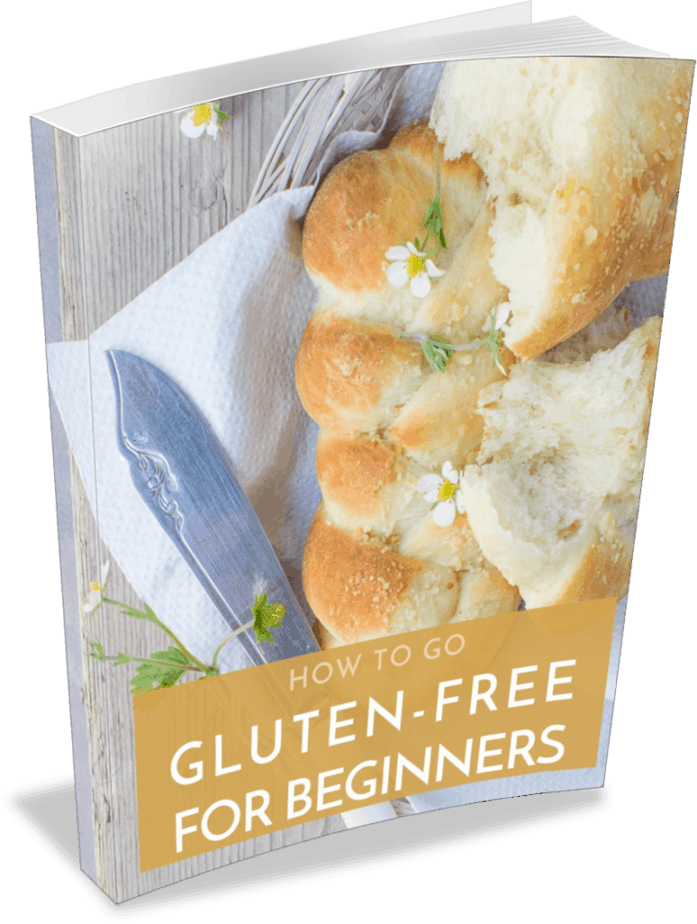
A look inside the Gluten Free Premium PLR eBook:
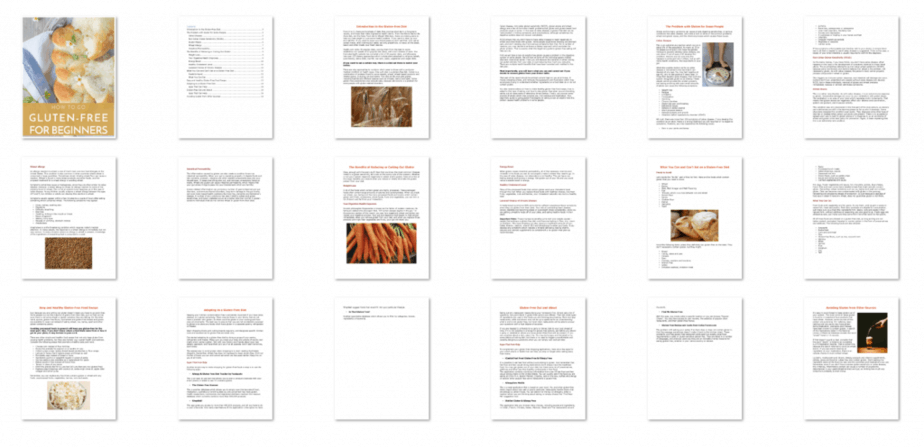
Table of Contents for the Gluten Free PLR Ebook:
Introduction to the Gluten-Free Diet 3
The Problem with Gluten for Some People. 5
Celiac Disease. 5
Non-Celiac Gluten Sensitivity (NCGS) 6
Gluten Ataxia. 6
Wheat Allergy. 7
Intestinal Permeability. 8
The Benefits of Reducing or Cutting Out Gluten. 9
Weight Loss. 9
Your Digestive Health Improves. 9
Energy Boost 10
Healthy Cholesterol Level 10
Lowered Chance of Chronic Disease. 10
What You Can and Can’t Eat on a Gluten-Free Diet 11
Foods to Avoid. 11
What You Can Eat 12
Easy and Healthy Gluten-Free Food Swaps. 13
Adapting to a Gluten-Free Diet 14
Apps That Can Help. 14
Gluten-Free Out and About 16
Apps That Can Help. 16
Avoiding Gluten from Other Sources. 18
Sample Content for the Gluten Free Premium PLR Ebook:
From A to Z, there are hundreds of diets that promise short-term or long-term results, and those that make impressive health claims. From the Atkins diet to the Zone diet, and the Baby Food diet to Weight Watchers, there are dietary plans to help you lose weight or cure some health problem. If you want to clear up your skin eat this. If you want to lower your blood pressure don’t eat that. Only eat at certain times, drink nothing but water, eat only grapefruits, or enjoy all the steak, bacon and other meats your heart desires.
Health.com ranks 38 popular diets, scoring them from the best to worst. Healthline.com speaks of 23 popular diet plans, with short reviews of each. The EverydayHealth website has compiled a list of 60 popular diets, and Wikipedia lists over 125 dietary approaches which include plans attached to religious beliefs, juice fasting, detox diets, low-fat, low-carb, paleo, vegetarian and vegan diets.
If you want to eat a certain way, there is a diet out there to match your tastes.
There are also approaches to nutrition which cater to those with a particular medical condition or health issue. One such plan is a gluten-free diet. Gluten is a combination of proteins found in some cereals, wheat, wheat-based products and related grains, including rye and barley. This diet strictly excludes gluten, including hybrids and offshoot species such as triticale, kamut and spelt. Some gluten-free practitioners also exclude oats, because oat toxicity is a problem for some people with gluten-related disorders.
Celiac disease, non-celiac gluten sensitivity (NCGS), gluten ataxia and wheat allergy are a few of the known health problems that gluten and gluten-based food products cause in some. In the case of celiac disease, a gluten-free diet can be instrumental in limiting symptoms and complications, although sometimes the digestive system does not recover completely.
NCGS shows that you don’t have to have celiac disease to react negatively to wheat and other foods with gluten. Some people experience bloating and stomach pain, and don’t develop any more serious symptoms than that. For a number of reasons, you may decide to embrace a dietary approach which excludes the gluten protein. That is exactly what this beginners guide to gluten-free eating will help you do.
First we will take a look at exactly how gluten causes a problem in the digestive system of some people. We will look at some of the individual gluten-related disorders mentioned earlier. Then you will discover the benefits of either cutting out gluten entirely from your diet, or just reducing how much you consume. There are multiple health benefits that have been recorded and credited to this diet plan.
Most importantly, you will learn what you can and cannot eat if you decide to remove gluten from your dinner table.
That part of the report should be printed out and kept on you at all times. It makes shopping simple, and removes the guesswork and frustration which may accompany trying to understand whether ingredients on a food label do or do not contain gluten.
You also receive advice on how to make healthy gluten-free food swaps, how to adapt to this type of eating, and how to stay gluten-free when you are traveling, eating out at restaurants or attending dinner parties. Finally, we uncover some sources of gluten which may surprise you, like makeup and medication. Your beginners guide to going gluten-free begins by taking a look at exactly how this protein causes health problems in some people.
Note: The above content is just a snippet of the ebook.
has been added to your cart!
have been added to your cart!
Gluten Free Tips Checklists :
(425 words, 5 pages)
A look inside the Gluten Free Premium PLR Checklist
Gluten Free PLR Editable Ecovers:
Short Report: “Gluten Free Mistakes”
(1,179 words, 4 pages)
A look inside the Gluten Free Mistakes PLR Report
Additional Content:
Social Media Posts and Images:
5 Shareable Social Media Graphics (PLR)

16 Social Media Posts with hashtags (for sharing on Twitter or Facebook)
7 Royalty Free Images
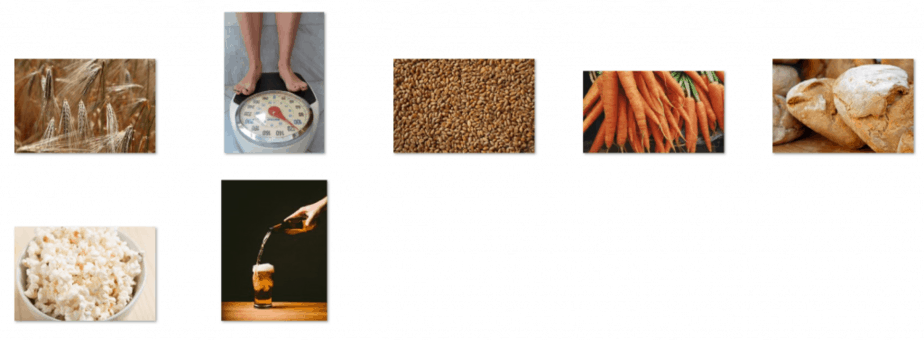
Gluten Free Keyword Research Pack
Share Now!

